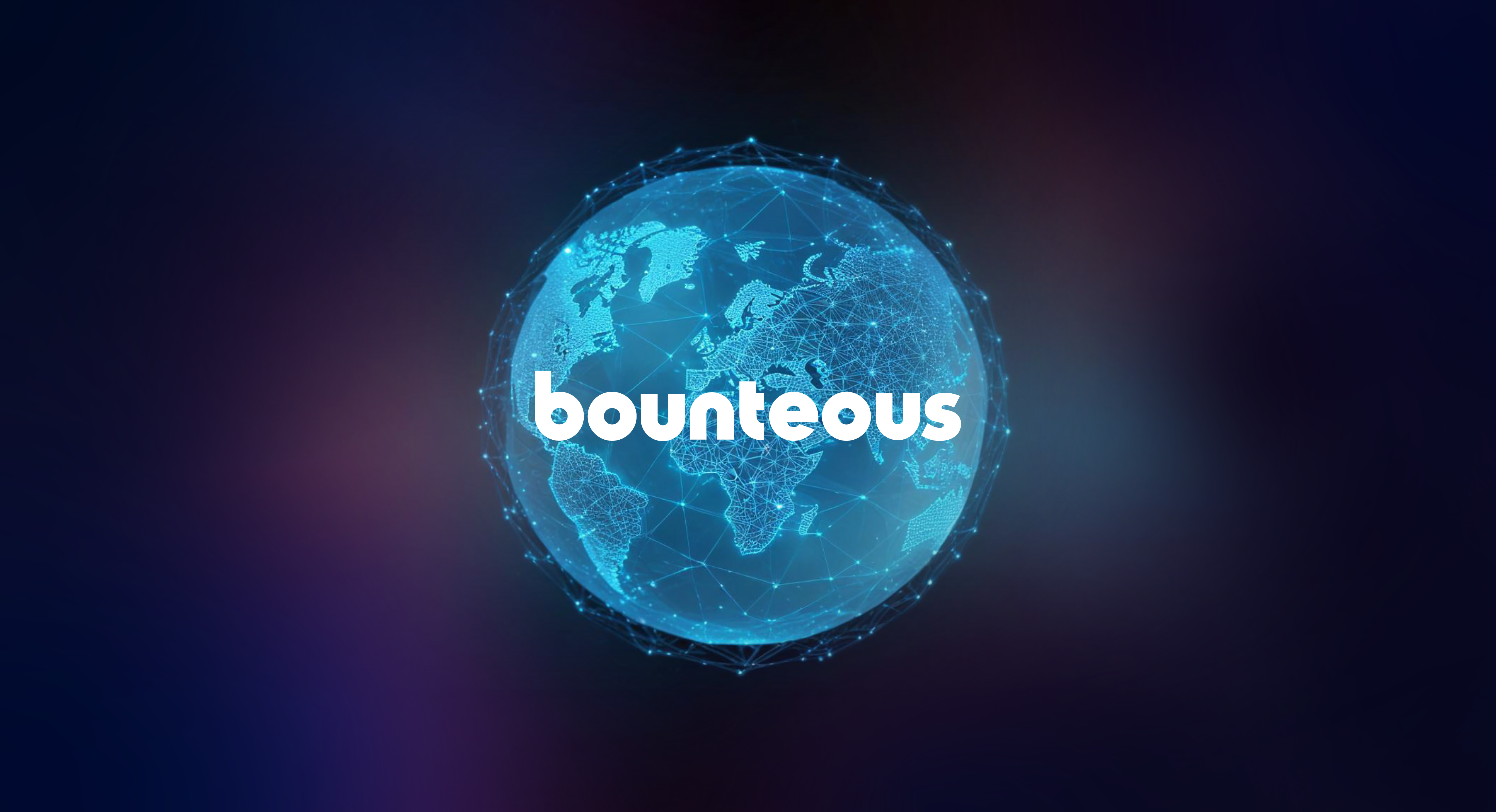Why Your C‑Store Needs A Customer Data Platform
Customer data (and how it is managed) has evolved greatly to meet the needs of more advanced marketing technologies. Segmentation at a group level based on a few data points is now table stakes. Segmentation that can leverage individualized data sets enables connection with customers in more unique and relevant ways. These technologies include loyalty platforms, in-app messaging, SMS and push notifications, geo-targeting platforms and add-ons, and even email marketing.
C-store retailers who do not have a customer data platform (CDP) and are in the consideration phase of such an investment will find the description of outcomes that are already possible helpful in determining their priorities. Retailers who already have tech/platforms to collect customer data, but find their tech is not efficient nor fully integrated into their marketing efforts will see the potential that re-investing can unlock.
Customer Data Work In The C-Store
When Angela Taylor walks into her local c-store every Tuesday morning, employee Cassie is ready and waiting. The prepay on Angela’s favorite pump (closest to the store to save her time) is set for $20, the medium-sized light roast coffee is poured with 3 vanilla creamers to the side, and one MegaMillions lottery ticket is freshly printed. As Angela approaches, she is greeted with a warm smile ‘Hello Miss Taylor. So good to see you again’ remarks Cassie, as she passes over the coffee, three creamers, and the lottery ticket in exchange for three crisp $10 bills. This routine plays out every Tuesday morning around 9:30 am as Angela Taylor takes stops for fuel on the way to her 10am shift at her job. Cassie and all the other team members know that routine and use it to create an amazing seamless experience for one of their store’s most loyal customers each and every week.
Personalized service like this probably exists in your c-store network in various forms or fashions. What is happening in those moments is your team member is using their own memory to establish a personalized customer data platform of sorts (or CDP for short). The challenge with this approach is that very few customers follow the exact same routine as Miss Taylor, and it would be impossible to expect your team members to truly memorize and match this type of experience consistently for a wider base of customers without some level of support. This is where advanced CDPs apply technology to unearth greater visibility into customer behavior, then leverage that data to improve the customer experience. CDPs can do this by augmenting your employees (e.g., reminding them what to offer to a specific customer). Even better, CDPs can enable automated personalization to ensure 100% consistent execution every time.
Owning Your Customer Data
But wait – isn’t a CDP just a newly-spun acronym for what was once called a CRM (Customer Relationship Management)? Not really. In fact, the only similarity is that both collect customer data. A CDP enables a retailer to create detailed profiles of their customers, analyzes their journeys and buying behavior while handling multiple data points from a variety of sources. Technology is changing rapidly. It’s a challenge to keep pace with the advances while ensuring that capital investments drive return.
Like any impressive digital platform, the merits of the output are a direct result of the quality of the inputs. The technology exists first in capturing customer data: whether that be through point of sale, mobile coupons, loyalty programs, social or email marketing campaigns, or geofencing solutions.
Point of Sale Systems (POS) – Various forms of data are collected by a POS tied to specific customers, including ordering history, payment methods, basket analysis of what is bought with what, and transactional details like when customers buy and what they buy during those times. The POS needs other data inputs (like Loyalty programs) in order to provide specific analysis around named customer profiles.
Mobile Coupons – Coupons can be very enticing to consumers as they create a sense of urgency. Additionally, the retailer can collect information about the customer’s phone number, their trip frequency, and buying behavior towards various promotional mechanics.
Loyalty Programs – When signing up for a loyalty program, a customer inevitably provides identity information including their name, phone number, demographic details, professional information, or home location. Many loyalty programs incentivize the recently-signed-up customer with a lucrative reward by providing further information which is more descriptive in nature, including lifestyle information, hobbies, or wider insights to the customer’s family profile.
Social/ Email Marketing Campaigns – Just by responding to an email marketing message or sharing a social post, the customer already provides information on their proclivity to respond to a particular type of marketing outreach. In order to interact further with the brand or redeem an offer, a customer will be asked to provide more information thereby building a more detailed profile of that customer in the system.
Geofencing – Placing an invisible “fence” around the c-store site can enable the retailer to trigger notifications when a customer has entered the store or site. These solutions ensure that offers are received exactly when a customer is looking to interact with the brand.
Geotargeting – If a customer has provided the retailer the ability to track their movements (often through the retailer’s app), then the data of when a customer is in a nearby area to the retailer’s location is also tracked. It can therefore provide information as to the opportunities missed when a customer chooses not to visit the retailer despite being in close proximity.
Benefits of a CDP for C-Stores
With this wealth of data available, a unified customer database can combine the data from these various channels to build a more complete profile of each customer. These profiles can then be leveraged by other systems. Loyalty programs and marketing campaigns via digital channels can provide a customer experience that is definitively more individualized with specific recommendations curated for that customer profile type. A more detailed set of customer data provides for more accurate segmentation into a potentially broader framework of profile groups. This enables more relevant messaging and delivers tailored offers to each group based on unique characteristics such as demographics, rewards preferences and shopping behaviors. Paired together with buying patterns and basket analysis, the retailer can then arm its category managers and food teams with richer insights, range the products the customer likes most, and develop proprietary focus in areas that maximize basket size, trip frequency, and margin.
With a CDP in place, customers like Angela Taylor can continue to receive the personalized service she receives from the store team on the ground but now the marketing team that supports each retailer location can utilize that understanding of Mrs. Taylor’s profile and buying behavior to enhance the experience further. This could extend to providing her with a coupon in advance of her trip to add to her basket with a product that has been bought and utilized by others that match her demographic profile and spending patterns. Suffice to say, a CDP is the bedrock of creating a differentiated and compelling customer experience proposition that will match the might of the e-commerce giants who have been doing this for years.
How Bounteous can Help C-Store Operators Build, Implement and Optimize a CDP
Bounteous has been supporting retailers and restaurant groups to design and implement the most innovative and cutting-edge Customer Data Platforms for years. Establishing a CDP sits at the Foundational phase of the Bounteous Digital Maturity model demonstrating the importance of having the infrastructure in place before building an array of customer engagement mechanisms.
The Bounteous approach begins by understanding the retailer’s unique needs, current technological roadmap, and state of readiness. Our team of specialists then develops a set of strategic recommendations that can help the retailer achieve their business objectives within the timelines and budgets that work for them. With a strategic plan in hand, the Bounteous team can then pivot to leverage their understanding to support the tech stack buildout to not just support the CDP but also optimize the retailer’s loyalty program and deliver a more robust and engaging customer experience.


